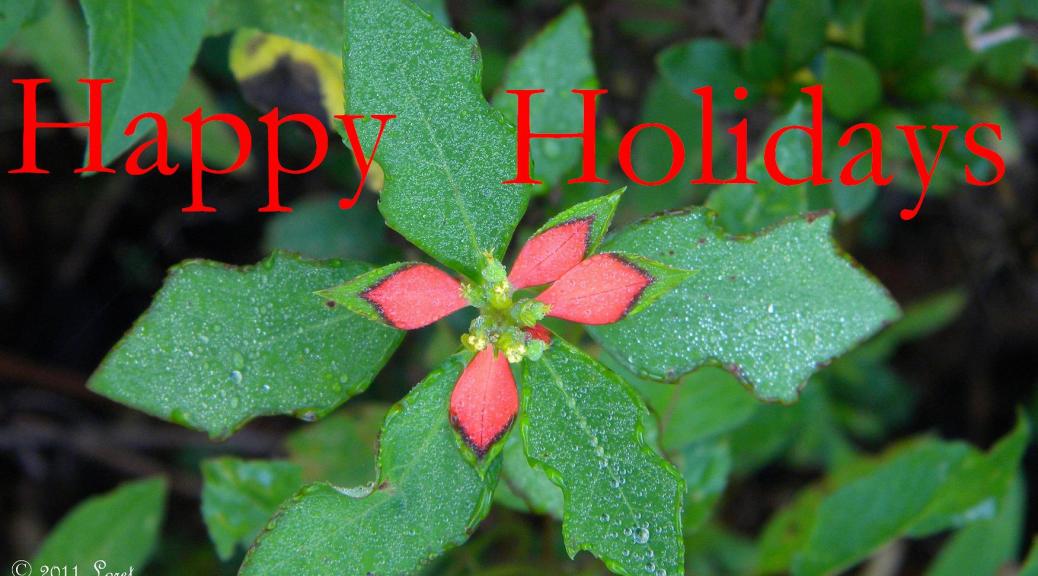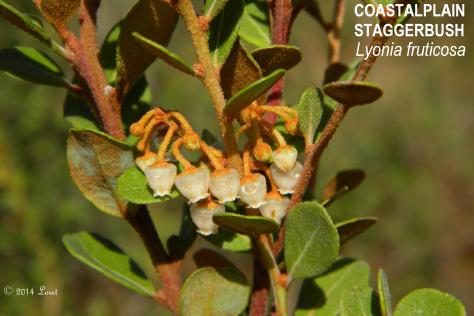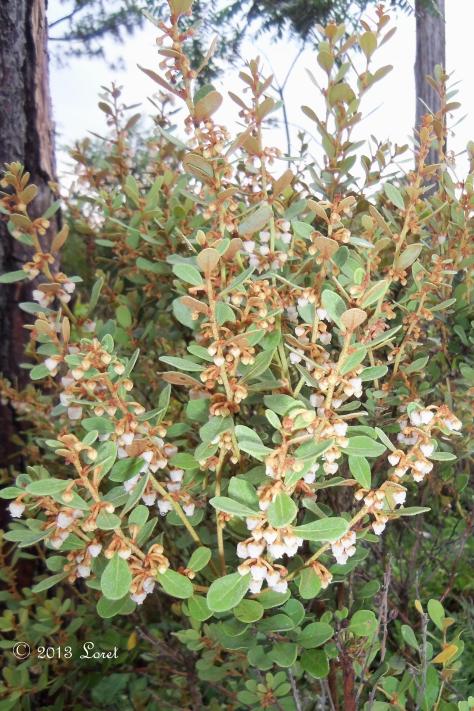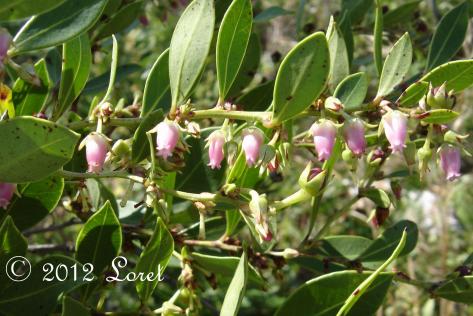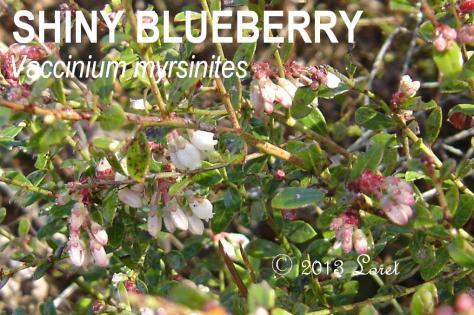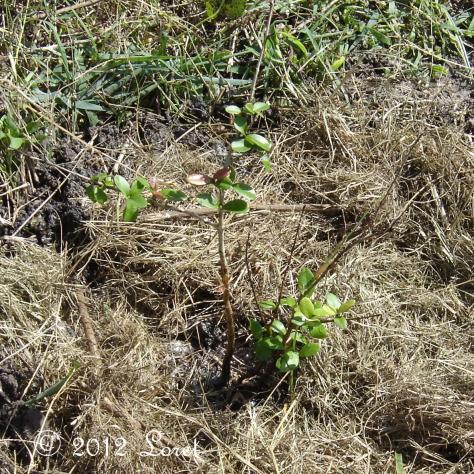This tale was originally published by Loret T. Setters on December 23, 2011 at the defunct national blog beautifulwildlifegarden[dot]com. Click the date to view reader comments.
Santa Claus is coming to town so I thought I get a few entries ready for the Florida Naughty and Nice List.
Brazilian Peppertree
(Schinus terebinthifolia)
NAUGHTY!
“This shrub/tree is one of the most aggressive and wide-spread of the invasive non-indigenous exotic pest plants in the State of Florida. There are over 700,000 acres in Florida infested with Brazilian pepper tree. Brazilian pepper tree produces a dense canopy that shades out all other plants and provides a very poor habitat for native species. This species invades aquatic as well as terrestrial habitats, greatly reducing the quality of native biotic communities in the state.”
 Dahoon Holly
Dahoon Holly
(Ilex cassine)
NICE!
Used as a tree or shrub, dahoon holly, a Florida native species, has thick, dark green foliage and attractive red berries which provides an extremely valuable source of food for many overwintering songbirds and other wildlife like quail and wild turkey. Source It is a great alternative to the invasive Brazilian Peppertree.
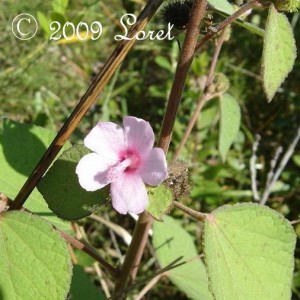 Caesarweed
Caesarweed
(Urena lobata)
NAUGHTY!
Pretty in Pink, this non-native invasive plant takes over the understory in wooded areas, shading out native species imperative as food resources for native fauna. Prolific seeds of the “hitchhiker” type are easily spread by wildlife. It was upgraded this year to a Category I Invasive on the FLEPPC (Florida Exotic Pest Plant Council) 2011 Invasive Plant List.
 Fetterbush
Fetterbush(Lyonia lucida)
NICE!
Also pretty in Pink, this Florida native species is an important nectar source. Deer will browse the leaves.
 Cuban Treefrog
Cuban Treefrog
(Osteopilus septentrionalis) NAUGHTY!
Invasive in Florida, the Cuban Treefrog eats at least five different species of native frogs, not to mention the occasional lizard or small snake. Their tadpoles compete with native tadpoles for space and food. Once captured, it is illegal to release these pests back into the wild. There are humane ways to euthanize them to prevent further disruption to our native species. Source
 Green Treefrog
Green Treefrog
(Hyla cinerea)
NICE!
A Florida Native species, Green treefrogs eat beetles, crickets, caterpillars, beetle larvae, stinkbugs, other small invertebrates, maintaining a balance within the insect population.
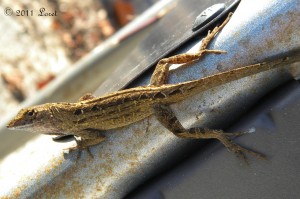 Brown Anole
Brown Anole
(Anolis sagrei)
NAUGHTY!
Native Florida green anoles have been driven higher above the ground by invader brown anoles. The greens populate sparsely and require larger living spaces. The brown invaders are more aggressive, live in smaller spaces with higher populations, and favor ground shrubs and lower tree trunks. Source
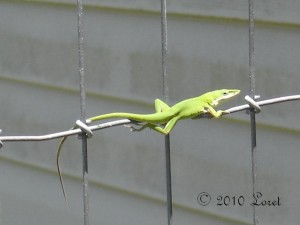 Green Anole
Green Anole
(Anolis carolinensis)
NICE!
You can encourage this Florida native species by providing habitat that includes taller shrub species where they are less likely to have to compete with the ground hugging brown anole.
 Southern Green Stinkbug (Nezara viridula) NAUGHTY!
Southern Green Stinkbug (Nezara viridula) NAUGHTY!
These “stinkers”, believed to have originated in Ethiopia, cause damage to fruit when they pierce the peel with piercing-sucking mouthparts. Severe damage can cause premature fruit drop and dry areas in the flesh of the fruit. Source
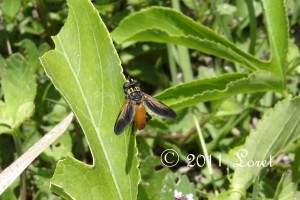 Feather-legged Fly (Trichopoda pennipes)
Feather-legged Fly (Trichopoda pennipes)
NICE!
Also called a Tachina Fly, this wonder parasitizes the southern green stink bug.
There are tons more I could add to Santa’s list, but I didn’t want to weigh him down during his busy season. I wish you all Happy Holidays and joy and conservation of habitat in the New Year.
